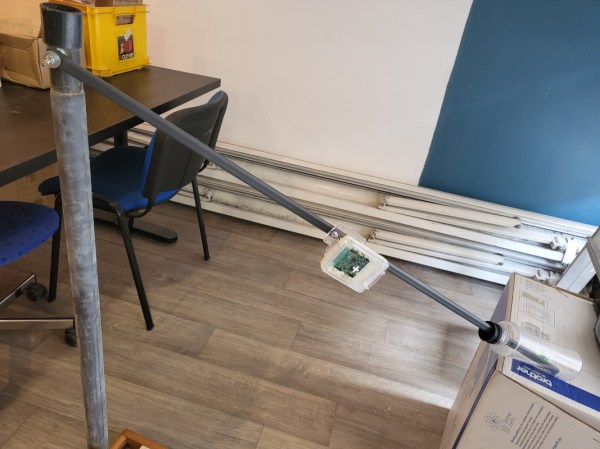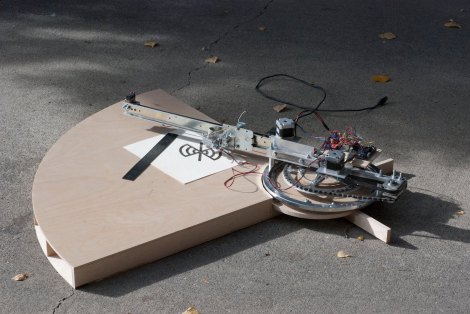[Will Cogley] makes eyeballs; hey, everyone needs a hobby, and we don’t judge. Like all his animatronics, his eyeballs are wondrous mechanisms, but they do tend toward being a bit complex, especially in terms of the fasteners needed to assemble them.
But not anymore. [Will] redid his eyeball design to be as easy to assemble as possible, and the results are both impressive and instructive. His original design mimics real eyeballs quite well, but takes six servos and a large handful of screws and nuts, which serve both to attach the servos to the frame and act as pivots for the many, many linkages needed. The new design has snap-fit pivots similar to Lego Technic axles printed right into the linkage elements, as well as snap connectors to hold the servos down. This eliminates the need for 45 screws and cuts assembly time from 30 minutes to about six, with no tools required. And although [Will] doesn’t mention it, it must save a bunch of weight, too.
Everything comes at a cost, of course, and such huge gains in assembly ease are no exception. [Will] details this in the video below, including printing the parts in the right orientation to handle the forces exerted both during assembly and in use. And while it’s hard to beat a five-fold reduction in assembly time, he might be able to reduce that even more with a few print-in-place pivots.
Continue reading “Screwless Eyeballs Are A Lesson In Design-For-Assembly”
















